Introduction to LiDAR Systems
LiDAR, which stands for Light Detection and Ranging, is a remote sensing technology used in various fields such as autonomous driving, geography, geology, and more. The cornerstone of this technology lies in the high-performance crystals that are central to the LiDAR system’s operation. In this comprehensive review, we explore the importance and potential of these crystals in advanced LiDAR systems.
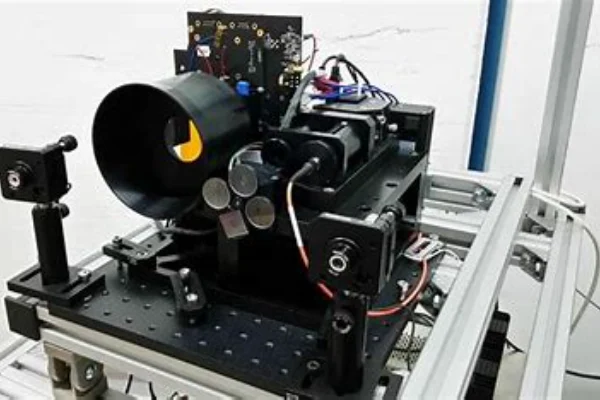
What are High-Performance Crystals?
High-performance crystals are one-of-a-kind materials that have been developed and refined through the marvels of modern science and technology. These crystals are unique due to their high purity level and carefully tuned optical properties, features that make them indispensable in a wide range of applications, particularly in LiDAR systems.
What sets high-performance crystals apart is their ability to transmit and manipulate light with exceptional accuracy. They possess a remarkable level of transparency and an ability to convert one type of light into another with high efficiency. The optical characteristics of these crystals are attributed to their atomic structure, which is designed and arranged to achieve specific optical properties.
High-performance crystals exhibit a broad spectrum of light transmission, allowing for the propagation of light across different wavelengths. This feature is especially important in systems like LiDAR, which rely on the manipulation and detection of light to create detailed representations of the surrounding environment.
These crystals are also distinguished by their stability and resistance to damage. They can endure high levels of light intensity, heat, and other harsh conditions without experiencing significant degradation in performance. This makes high-performance crystals a dependable component in LiDAR and other high-tech systems that require stable, reliable operation under a wide range of conditions.
In addition to these properties, high-performance crystals are admired for their high nonlinearity. This means they can change the frequency, phase, and other properties of light in a way that is nonlinear with the input light. This characteristic is crucial in devices like frequency doublers and optical parametric oscillators, which rely on the nonlinearity of crystals to alter the properties of light in specific ways.
Finally, high-performance crystals’ efficiency sets them apart. They can convert electrical energy into light energy, and vice versa, with very minimal loss. This high efficiency means that systems using these crystals can operate at higher power levels and longer durations without overheating or draining power supplies.
In conclusion, high-performance crystals are a blend of natural beauty and human innovation, exhibiting properties that are tailor-made for specific high-tech applications. They represent a remarkable feat of material science and technology, reflecting our advancing understanding and mastery of light manipulation.
Why are Crystals Important in LiDAR Systems?
LiDAR systems function by sending out light pulses and calculating the time it takes for the light to return after hitting an object. The crystals in these systems serve as the core, converting the incoming laser light into electrical signals, which are then processed and converted into data. The quality of the crystals, therefore, has a direct impact on the precision and reliability of the data produced.
Evaluating the High-Performance Crystals in LiDAR Systems
In this comprehensive exploration, we will analyze the unique properties and roles of various high-performance crystals implemented in advanced LiDAR systems.
Neodymium-doped Yttrium Aluminum Garnet (Nd:YAG)
Considered a stalwart among high-performance crystals, the Nd:YAG crystal has found widespread use in LiDAR systems. Characterized by its high damage threshold, it can endure the high-intensity laser pulses intrinsic to LiDAR operations without losing its efficiency or performance. This robustness is instrumental in ensuring the long-term durability and reliability of the LiDAR system.
But the Nd:YAG’s strengths go beyond just durability. It also boasts of efficient lasing properties, producing a laser light at a specific wavelength that is particularly conducive to detecting atmospheric particles. This capability makes Nd:YAG crystals indispensable in atmospheric LiDAR systems, where detecting and measuring minute particles in the atmosphere is a routine requirement.
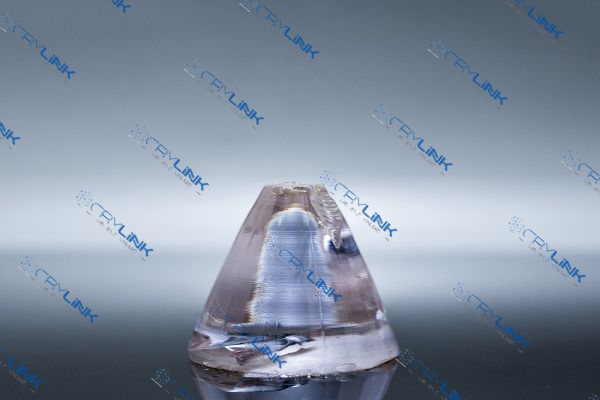
Yttrium Orthovanadate (YVO4)
The YVO4 crystal is another powerful player in the high-performance crystal landscape. Known for its high efficiency and broad emission bandwidth, this crystal has carved a niche for itself in high-speed scanning and high-resolution imaging applications of LiDAR systems.
The impressive emission bandwidth of the YVO4 crystal enables it to emit a range of light frequencies, significantly boosting the system’s ability to capture fine details. This property is incredibly beneficial when high-resolution imaging is critical, such as in LiDAR systems used in autonomous vehicles and topographical mapping.
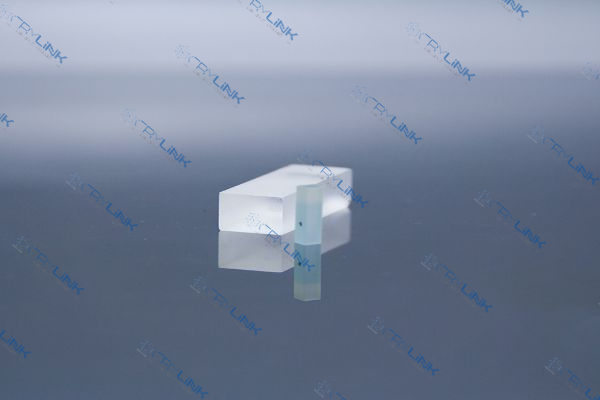
Potassium Titanyl Phosphate (KTP)
KTP crystals serve a unique purpose in the world of LiDAR systems. They are primarily used for frequency doubling, a process that involves halving the wavelength of the light produced by other crystals. This process effectively doubles the frequency of the laser light, resulting in a finer light beam.
The primary advantage of frequency doubling is that it enhances the system’s resolution, enabling it to detect and measure smaller objects with greater accuracy. This is particularly beneficial in applications where the detection of small, fine details is essential. For example, in a LiDAR system deployed in autonomous vehicles, detecting small objects, such as debris on the road, could be crucial to the vehicle’s safe operation.
These are just a few examples of the high-performance crystals that empower LiDAR systems. Each crystal, with its unique properties and capabilities, contributes to the overall efficiency and performance of these systems. As technology continues to advance, we can expect to see the emergence of even more high-performance crystals, further pushing the boundaries of what is achievable with LiDAR systems.
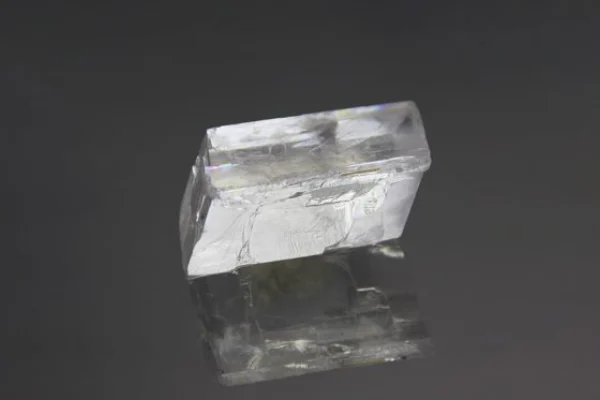
Factors Influencing the Selection of Crystals
When it comes to selecting the right crystals for LiDAR systems, several factors come into play, shaping the ultimate decision. The crystal’s optical properties, resilience to environmental conditions, and overall cost are paramount considerations.
Optical properties such as operating wavelength and efficiency are critical in determining the crystal’s compatibility with the specific requirements of a LiDAR system. The operating wavelength, for instance, influences the crystal’s ability to interact with different atmospheric particles and objects, making it a key consideration especially in atmospheric and topographic LiDAR applications. Efficiency, on the other hand, is a measure of the crystal’s ability to convert incoming laser light into electrical signals with minimal loss. A high-efficiency crystal can significantly enhance the LiDAR system’s performance, allowing for more accurate data capture and analysis.
Environmental resilience refers to the crystal’s ability to withstand various environmental conditions without compromising its performance. Crystals used in LiDAR systems need to be robust enough to tolerate factors such as temperature variations, humidity, and mechanical stress, all of which can affect the crystal’s optical properties.
Cost is another significant determinant. High-performance crystals often come with high manufacturing costs due to the complex procedures involved in their production. The overall cost, therefore, plays a crucial role in determining the feasibility of using a specific type of crystal, especially in cost-sensitive applications.
In essence, the choice of crystals for LiDAR systems is a delicate balance between performance requirements and practical considerations such as cost and environmental resilience. The ideal crystal would be one that satisfies the system’s technical requirements without posing undue financial or operational burdens.
High-Performance Crystals: Challenges and Opportunities
The advent of high-performance crystals in the realm of LiDAR technology has indeed paved the way for substantial advancements. However, their integration is not devoid of challenges.
The primary concern stems from the high manufacturing costs associated with these high-performance crystals. Their production involves sophisticated procedures and strict quality control to ensure crystal purity and the required optical properties. This, combined with the necessity for high-precision cutting and polishing, adds significantly to the overall manufacturing cost. This financial factor can often limit the widespread adoption of high-performance crystals in LiDAR systems, particularly in cost-sensitive applications.
Another significant challenge arises from the sensitivity of these crystals to environmental conditions. Factors such as temperature, humidity, and external mechanical stress can alter the crystals’ optical properties, affecting their performance and, subsequently, the LiDAR system’s efficiency. This poses a problem, especially for LiDAR systems deployed in outdoor or harsh environments, where controlling these factors is difficult.
Despite these challenges, the potential benefits offered by high-performance crystals are driving concerted efforts to overcome these hurdles. Significant strides are being made in the fields of material science and manufacturing technologies, seeking to mitigate these issues.
In terms of manufacturing costs, researchers and manufacturers are exploring new production methods that can yield high-quality crystals at a lower cost. For instance, advancements in crystal growth techniques are allowing for faster and more efficient production. Simultaneously, innovations in cutting and polishing technologies are reducing the time and resources required, further driving down costs.
On the environmental sensitivity front, new materials and crystal compositions are being investigated to develop crystals that exhibit superior resilience to environmental conditions. Further, protective coatings and innovative packaging solutions are being developed to shield the crystals from adverse environmental influences, ensuring consistent performance even in less than optimal conditions.
In essence, while high-performance crystals bring forth challenges, they also offer immense opportunities. The continued pursuit of advancements in this field promises to mitigate existing hurdles and unlock unprecedented LiDAR capabilities.
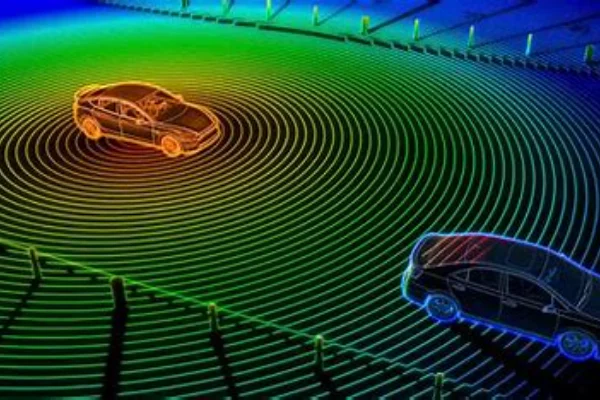
Conclusion
High-performance crystals are an indispensable part of advanced LiDAR systems, contributing significantly to their accuracy and reliability. While there are challenges to be addressed, the future holds promising developments in this domain. As technology progresses, the continuous exploration and advancement in high-performance crystals will undoubtedly pave the way for more efficient and precise LiDAR systems.
Frequently Asked Questions
- 1. What is a LiDAR system?
- LiDAR, which stands for Light Detection and Ranging, is a remote sensing technology that uses light in the form of a pulsed laser to measure distances.
- 2. Why are high-performance crystals used in LiDAR systems?
- High-performance crystals are used in LiDAR systems because of their superior optical properties. They convert the incoming laser light into electrical signals, thus impacting the precision and reliability of the data.
- 3. What are some commonly used high-performance crystals in LiDAR systems?
- Neodymium-doped Yttrium Aluminum Garnet (Nd:YAG), Yttrium Orthovanadate (YVO4), and Potassium Titanyl Phosphate (KTP) are some commonly used high-performance crystals in LiDAR systems.
- 4. What factors influence the choice of crystals for LiDAR systems?
- The choice of crystals for LiDAR systems is influenced by their optical properties, environmental resilience, and overall cost. The operating wavelength, efficiency, and damage threshold are crucial factors.
- 5. What are the challenges and opportunities associated with high-performance crystals in LiDAR systems?
- Challenges include high manufacturing costs and sensitivity to environmental conditions. Opportunities lie in advancements in manufacturing technologies and material science that can help overcome these hurdles.

Frank
Frank graduated from the University of Shanghai for Science and Technology, majoring in optics. As a technical engineer at Crylink Company, he deeply understands crystal materials and laser components.
Related Video(s) with this Article
Related Product(s) with this Article
Related Application(s) with this Article
